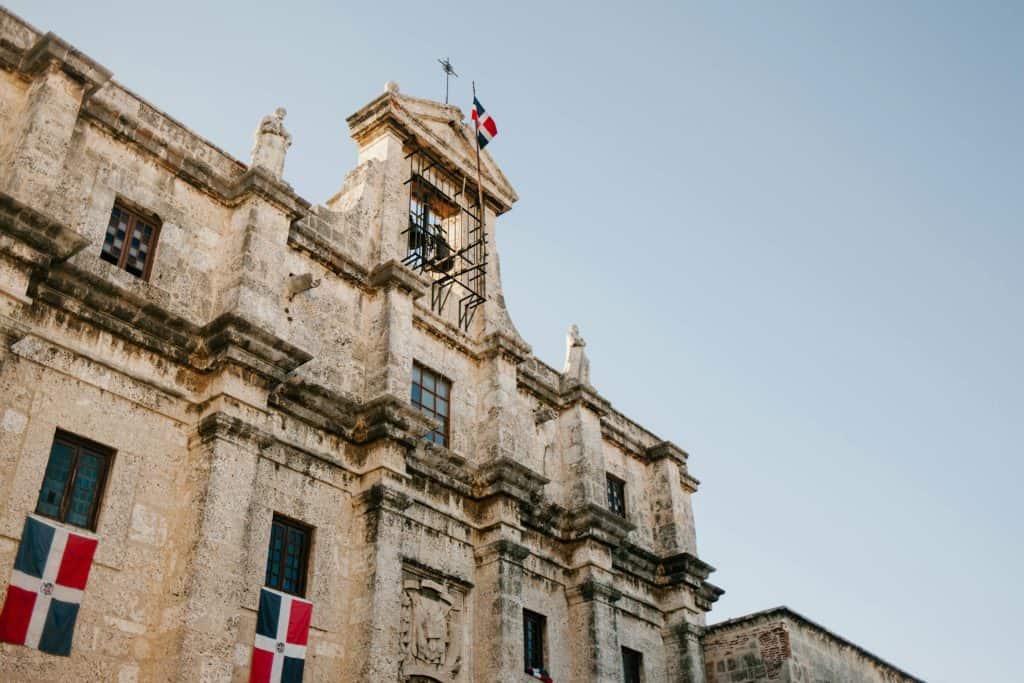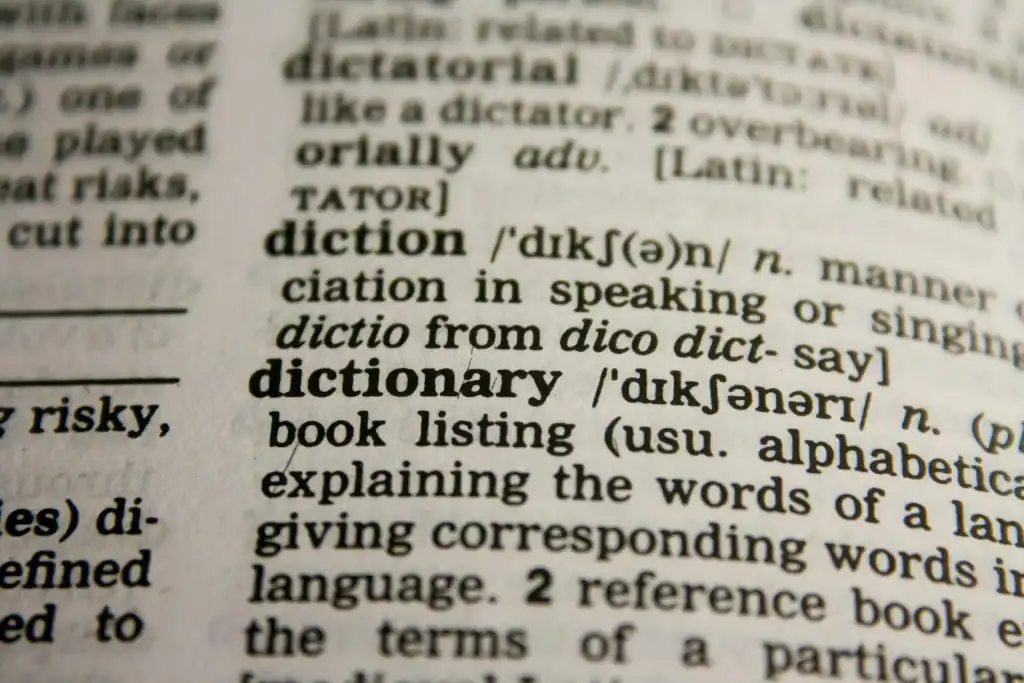A Laptop, a Hurricane, and a Drained Cushion
I was halfway through editing a YouTube tutorial in Santo Domingo when the power flickered. Tropical Storm Fiona had sideswiped the capital, and a rogue surge fried my laptop’s motherboard. Rent was due, a new MacBook cost more than a month’s client invoices, and my emergency fund—painfully built in U.S. dollars—was locked in a U.S. high-yield account that needed three business days to hit my Dominican card.
That night, under battery-powered candles, I remembered a line my Dominican landlord once tossed out casually: “Mira, si necesitas un respiro, el banco te presta rápido.” — “Look, if you need breathing room, the bank will lend quickly.” Until that surge, I’d ignored him. Suddenly “breathing room” sounded like oxygen.
Why Short-Term Loans Are an Expat’s Lifeline
Emergencies abroad feel bigger. Currency exchange adds friction, and local rules turn “simple” into “bureaucratic.” A short-term personal loan (often marketed as préstamo personal or crédito de consumo) can bridge those delays: borrow in pesos, repay when your overseas funds arrive, and keep life moving.
Dominican banks like Scotiabank promote Scotia Plan loans that start as low as RD $3,950 in administrative costs and impose a 5 % late-fee penalty. do.scotiabank.com Banreservas’ standard préstamo de consumo requires only a Dominican ID, proof of income, and a simple application form—no collateral for amounts under RD $300,000. banreservas.com
Across the Caribbean Sea, Colombian institutions such as Banco GNB Sudameris bundle short-term créditos de consumo with an obligatory life-insurance rider, spreading premium costs across monthly installments. gnbsudameris.com.co Even if your credit score took a hit after that backpack-stolen-in-Cartagena episode, a handful of lenders—Bancolombia, Banco de Bogotá, and fintech platforms like RapiCredit—still extend loans to “reportados” (people flagged in credit bureaus). tropicanafm.com
Vocabulary That Gets Peso Power Flowing
When the loan officer leans over the desk in a crisp guayabera and rattles off requirements, the right Spanish word saves you both time and face. Here are terms I jotted down after three sweaty bank visits and one startled Zoom call with a Colombian advisor:
| Spanish Term | Literal English | Banking Context | Quick Memory Hook |
|---|---|---|---|
| Préstamo personal | Personal loan | Unsecured cash lent for any purpose | Think “personal” = sin garantía |
| Crédito de consumo | Consumption credit | Generic short-term loan in Colombia | Consume now, pay later |
| Monto | Amount | Total pesos requested | Money = monto |
| Plazo | Term | Months to repay | “Plaza” of time |
| Tasa fija / variable | Fixed / variable rate | Interest structure | Tasa = rate |
| Seguro de vida deudor | Debtor’s life insurance | Mandatory add-on in CO | Loan life-vest |
| Comisión por mora | Late-fee commission | Penalty percentage | Mora = delay |
| Tabla de amortización | Amortization schedule | Payment breakdown table | Loan game-plan |
| Cédula | National ID card | Must-have document in DR | Your golden ticket |
| Historial crediticio | Credit history | Bureau report | Story banks believe |
Conversation #1: Santo Domingo Branch, Monday Morning
Escenario: My laptop is toast, and I want RD $120,000 for a replacement plus a cushion.
Oficial de préstamos: Buenos días, caballero. ¿En qué puedo ayudarle?
Yo: Necesito un préstamo personal de emergencia. El monto sería ciento veinte mil pesos y puedo pagarlo en doce cuotas mensuales.
Oficial: Perfecto. Para un plazo de 12 meses tenemos una tasa fija del 17 % anual y un cargo administrativo de tres mil novecientos cincuenta pesos.
Yo: ¿Hay alguna comisión por mora?
Oficial: Sí, 5 % sobre la cuota vencida.
Yo: Entiendo. Aquí está mi cédula y mis tres últimos estados de cuenta.
Oficial: Excelente. Llenemos la solicitud y en 24 horas tendrá respuesta.
English Translation
Loan Officer: “Good morning, sir. How can I help you?”
Me: “I need an emergency personal loan. The amount would be one hundred twenty thousand pesos, and I can repay in twelve monthly installments.”
Officer: “Great. For a 12-month term we have a fixed annual rate of 17 % and an administrative fee of 3,950 pesos.”
Me: “Is there any late-payment commission?”
Officer: “Yes, 5 % on the overdue installment.”
Me: “Understood. Here’s my ID and my last three bank statements.”
Officer: “Excellent. Let’s fill out the application and you’ll have an answer in 24 hours.”
Outcome: Approval came next afternoon; funds landed by 6 p.m. My new laptop booted before the rental Wi-Fi timed out.
Conversation #2: Medellín Hotline, Wednesday Afternoon
Escenario: A freelance payment is stuck in ACH limbo. I need COP $5 million (~US $1,200) for rent and groceries.
Asesor telefónico: ¿En qué puedo colaborarle hoy?
Yo: Busco un crédito de consumo a corto plazo. Pago en tres cuotas.
Asesor: Nuestro monto mínimo es un millón y máximo cincuenta. Para tres meses la tasa variable empieza en 1,7 % mes vencido.
Yo: Suena bien. ¿Requieren seguro de vida deudor?
Asesor: Sí, se incluye en cada cuota. Necesitamos su historial crediticio y la copia de su cédula de extranjería.
Yo: La envío por correo hoy mismo.
English Translation
Phone Rep: “How can I assist you today?”
Me: “I’m looking for a short-term consumption loan. I’ll repay in three installments.”
Rep: “Our minimum amount is one million and maximum fifty. For three months, the starting variable rate is 1.7 % per month.”
Me: “Sounds good. Do you require debtor’s life insurance?”
Rep: “Yes, it’s bundled into each payment. We need your credit report and a copy of your foreigner ID.”
Me: “I’ll email them today.”
Outcome: Funds posted the following morning—just in time for the landlord’s tranquilo, parce rent reminder.
The Human Hurdles Beneath the Paperwork
- Trust Deficit – Bank officers may speak quickly, assuming locals know the drill. When you pause, they often switch to formal Spanish. Ask them to slow down: “¿Puede explicármelo con un poco más de detalle?” (Could you explain in a bit more detail?). The phrase buys clarity without denting pride.
- Currency Whiplash – During 2022–2025 the Dominican peso swung between RD $53–59 per dollar; Colombia’s peso has jumped 20 % in single quarters. Interest rates sometimes follow those waves. A variable 1.7 % monthly rate in Colombia today could outpace a fixed 17 % annual Dominican loan tomorrow.
- Credit Shadows – Expats often carry strong U.S. or EU scores that local bureaus can’t see. Dominican banks like Banreservas weigh local income and employer letters above foreign FICO numbers, while Colombian banks sometimes let you import Equifax or TransUnion reports to pad a thin file.
- Documentation Drift – Even after ten years, my Dominican cédula de residencia still expires every two. Forget to renew and your loan stalls. In Colombia, the cédula de extranjería renewal lines snake like a Disney ride; bring snacks.
Table: Key Situations and Spanish Lifelines
| Scenario | Spanish Phrase to Deploy | Why It Works |
|---|---|---|
| Need more time to read contract | “¿Puedo llevarme la tabla de amortización para revisar?” | Shows diligence; officer sees a responsible borrower |
| Want to negotiate fees | “¿Existe margen para bajarme la tasa si domicilio mi nómina aquí?” | Links loan to future salary deposits—a win for the bank |
| Clarify hidden insurance | “¿El seguro de vida deudor es obligatorio o puedo presentar mi propia póliza?” | Colombian law lets you shop policies gnbsudameris.com.co |
| Low credit worries | “Sé que mi historial local es corto, pero tengo este reporte internacional.” | Offers alternative proof without sounding defensive |
| Avoiding late fees | “Configuraré un débito automático para evitar la comisión por mora.” | Proactive solves their risk and your anxiety |
The Aftercare: Paying Back Without Pain
I set up auto-debit from my Dominican payroll account. Each month Banreservas pinged me with a WhatsApp receipt. In Medellín, GNB Sudameris’ app sent push alerts three days before the due date—perfect for a forgetful expat juggling time zones.
When peso cash flow spiked, I made an early one-off payment (abono a capital) and shaved a month off the Dominican loan. The officer processed it with a smile; early payoff cleans their books. Just clarify: “¿Este abono reduce cuota o plazo?” (Does this payment lower the installment or the term?).
A Final Anecdote—El Abuelito’s Advice
My Colombian friend Laura’s grandfather—un viejo rolo con bigote pulcro—once overheard us debating fixed vs. variable rates. He chuckled, sipped tinto, and said: “Mijo, el mejor préstamo es el que pagas sin sentirlo, y la mejor emergencia es la que no vuelve.” — “Son, the best loan is the one you pay off without feeling it, and the best emergency is the one that never returns.”
I still keep that line taped to my new laptop. Emergencies strike again, but with vocabulary, a plan, and a banker’s WhatsApp on speed dial, they sting less.
Conclusion: Money, Language, and Home Away From Home
As expats we patch our safety nets across currencies, cultures, and bureaucracies. Short-term loans aren’t a sign of failure; they’re a pressure valve. Speak the language—both human and financial—and the bank’s marble lobby turns from intimidating to collaborative.
Next time a tropical storm or delayed wire threatens your peace, remember: monto, plazo, tasa, seguro, mora. Walk in, breathe, ask, and sign. Then go replace that smoked motherboard before the Caribbean humidity claims your backup drive too.



